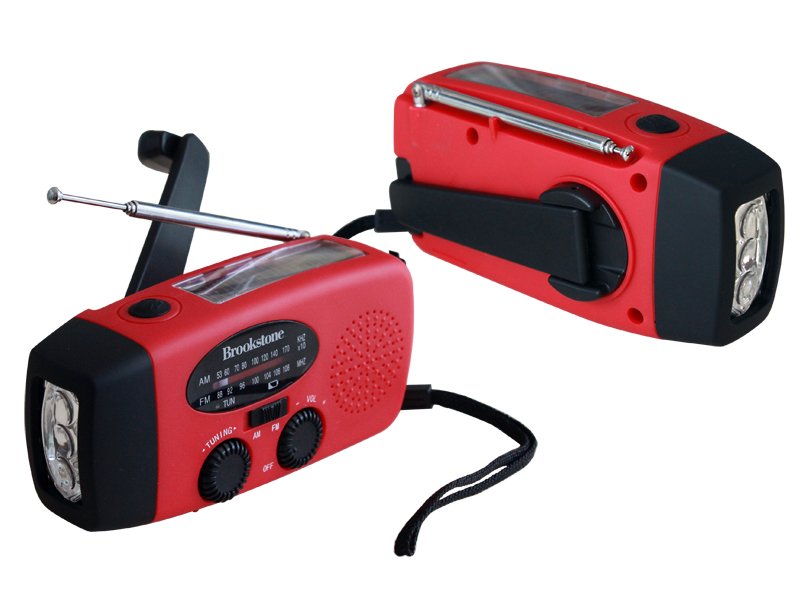This article appeared in the Christchurch Press this week. It is a perspective article discussing something we hear a lot about but often feel powerless to do anything to address the problem - I'm guessing this is partly because of our own 'quarter acre of paradise' upbringing and our wish to replicate this.

The experts tell us that pushing the city boundaries further out from the town centre is a bad move. Then they go on to tell us how we should be living in well designed apartments closer to the city centre with communal areas outside for gardens. The argument sounds very sound and it is easy to go yeah we should do that BUT urban sprawl continues and kiwis want someone else to live in the apartment while they continue to live in large houses with back yards. The ironic thing is that when you look at nearly every new subdivision popping up around the city, the houses are large and the sections are small (ranging in size from around 400m2 to 800m2). So what we in effect have is a big house with a fence around it and very little viable area to garden or play. Each of these new subdivision has a entry area with a wall or fence with the name inscribed on it. The residents enter the subdivision, in their car, drive into their garage and close the door. Inside they stay because there is no communal outside area. They stay inside engaging with their computers and TVs, out of touch with the neighbourhood around them. These are broad generalizations but you get the gist.
Not all people are happy living in apartments, and the current subdivision trend isn't meeting the dream for the quarter acre paradise. Many people are generally unhappier in today's urban sprawl and my theory is that it is due to a lack of meaningful interactions. Perhaps we need to stop looking at our old expectations or what other countries are doing and look instead at how we can design a modern living space for a number of people that allows everyone access to the kiwi dream while also promoting community interaction as well as personal and social productivity. In the future, travel will be more expensive so if people work in an urban sprawl they will need to be able to also live in that area so accessing food locally will be more important than ever. And then of course power - lets be brave and make solar power the only way to access power in these new developments.
Imagine a subdivision where a number of houses all looked over a green space which had multiple uses - the perimeter had fruit and nut trees, a community garden, free-ranging hens where the residents can collect eggs, an area to play ball sports, picnic tables and swales to collect water overflow after rain, yet each of these houses also had their own space for a private entertaining as well. These houses could be 2-storey, to maximise land use, all could have photo-voltaic panels, water storage tanks and composting toilets. The kitchen /dining area would be designed to look over the common green space so people could see who was out and about and go out and join in. Perhaps there could be an office pod, so even if you work from home, you could go to the pod and join others working from home. The next step to this is of course more radical ideas, like car sharing in these subdivisions distant from the city.
What is to become of the city centre? Well there will always be a core of people, that love the European lifestyle, who will take to that and feed the city centre making it attractive and different so it becomes a place to visit too.
So, what on earth has all this got to do with veterinary clinics? Well part of designing these communities we need to consider the core service providers. In this community, perhaps 1 or 2 vets, doctors, dentists (with their support staff) set up a GP style business in each of these areas (another way the community can 'live, work and play' in the same area). These service providers could offer the basics and a transport service to a central hub for more complex procedures (e.g. large human hospital , or a central large referral hospital for vets). In some ways, this type of set-up gets back to the community health professional model of years a go when everyone knew the local veterinarian and his or her support staff and they were a pillar of the community.
What do you think? Does this model provide a sustainable solution to urban sprawl? Do we need to go European or do we go for a kiwi approach to sustainable living? What would your vision be for a kiwi approach to sustainable living? How do we integrate sustainable veterinary professional services into that vision
I look forward to your ideas and feedback.

































